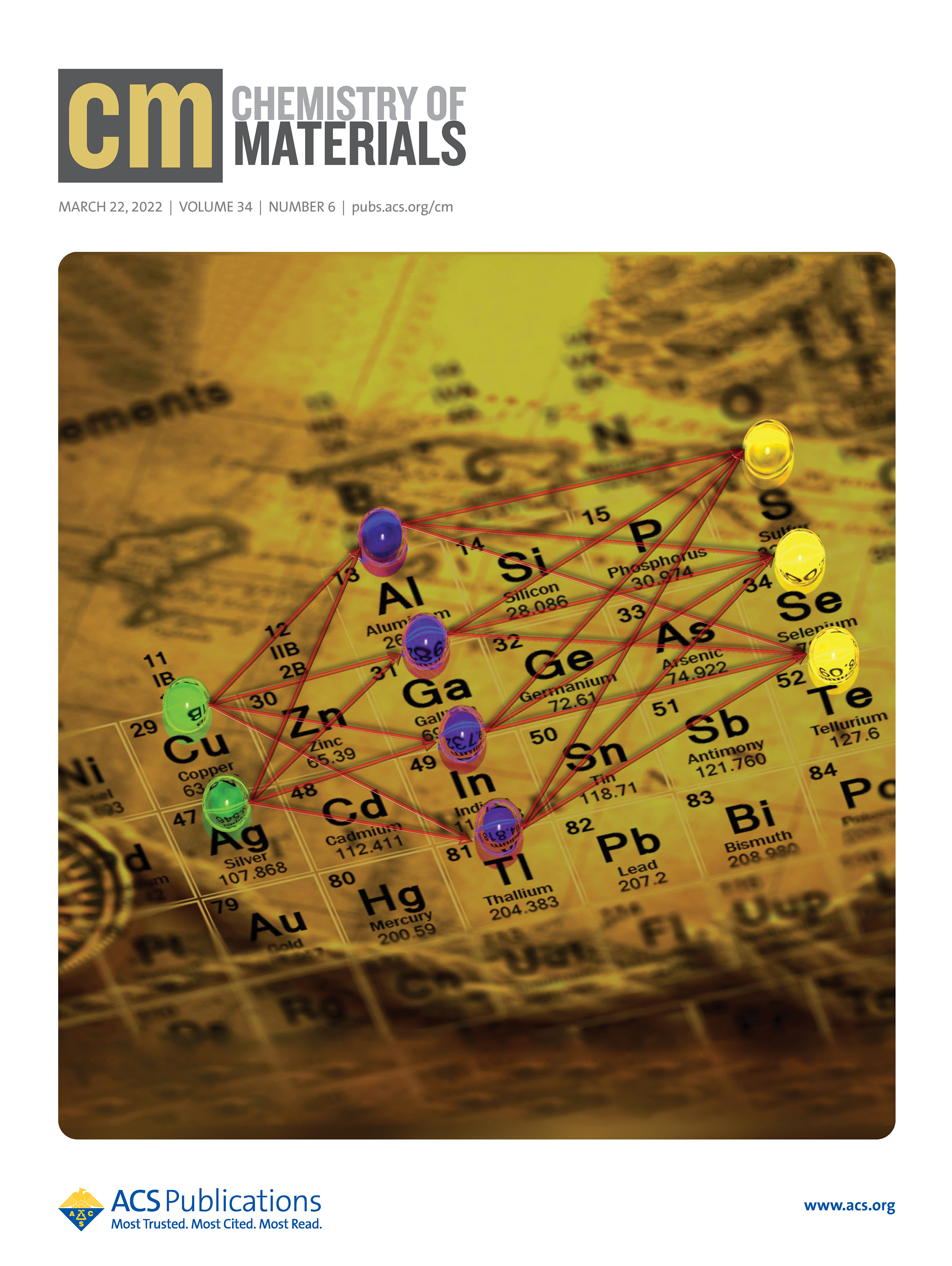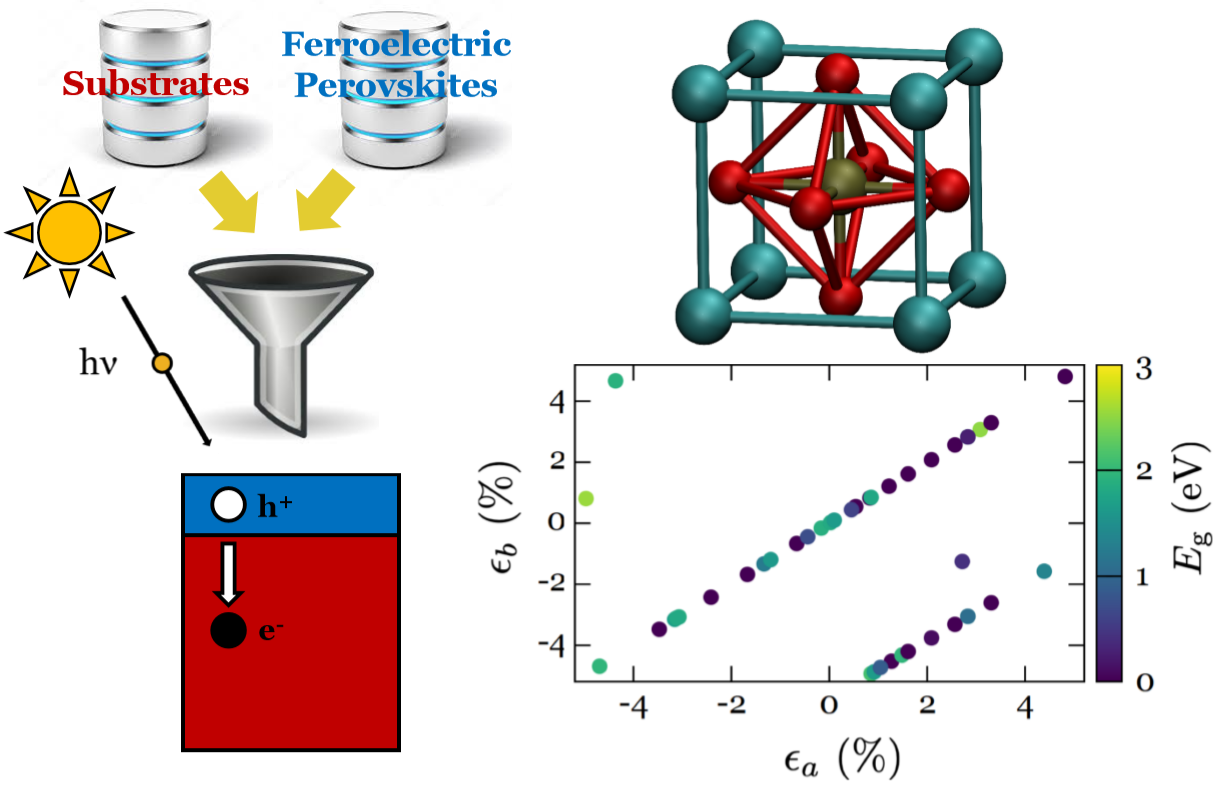Thermoelectrics

In our society, more than 66% of generated energy is wasted, most of it as heat. Thermoelectric, TE, devices stand as the most promising technology to recover part of this wasted heat. Traditionally, TE material efficiency is measured by the figure of merit, zT. Reducing lattice thermal conductivity, kl, is probably the most straightforward approach to enhance zT. While most of these models are designed to predict directly one of the quantities that are related to zT, the biggest challenge is to establish connections between real space (atomic structure, chemical composition and microstructure) and reciprocal space properties (transport properties and zT). Our goal is to connect the variables that can be controlled during the design, synthesis and processing of a TE material with their final transport properties and efficiency.
Photosensitizing ferroelectric materials

Solar energy is the most abundant source of clean and renewable energy with photovoltaics, PV, being the most promising technology in the coming decades. However, to make this technology competitive, significant improvements must be made in the efficiency of the solar cells and manufacturing costs must be reduced. PV device performance depends on three main features: i) efficient light absorption, ii) effective charge separation and iii) fast transport and charge extraction. Conventional solar cells based on p − n junctions and other new solar cell generations are good light harvesters, but they are limited by the Shockley-Queisser limit, because carriers are separated by the internal electric field at the p − n junction. This is not the case for ferroelectric materials, which present a spontaneous electric polarization, providing an alternative way to separate excited carriers. Ferroelectric materials have emerged as a promising alternative to conventional photovoltaic materials in order to increase solar cell efficiency. Among them, oxide perovskites present the strongest spontaneous electric polarization and a wide range of thermal, chemical and mechanical stability. However, their band gap needs to be reduced in order for them to be considered efficient sun-light harvesters.
